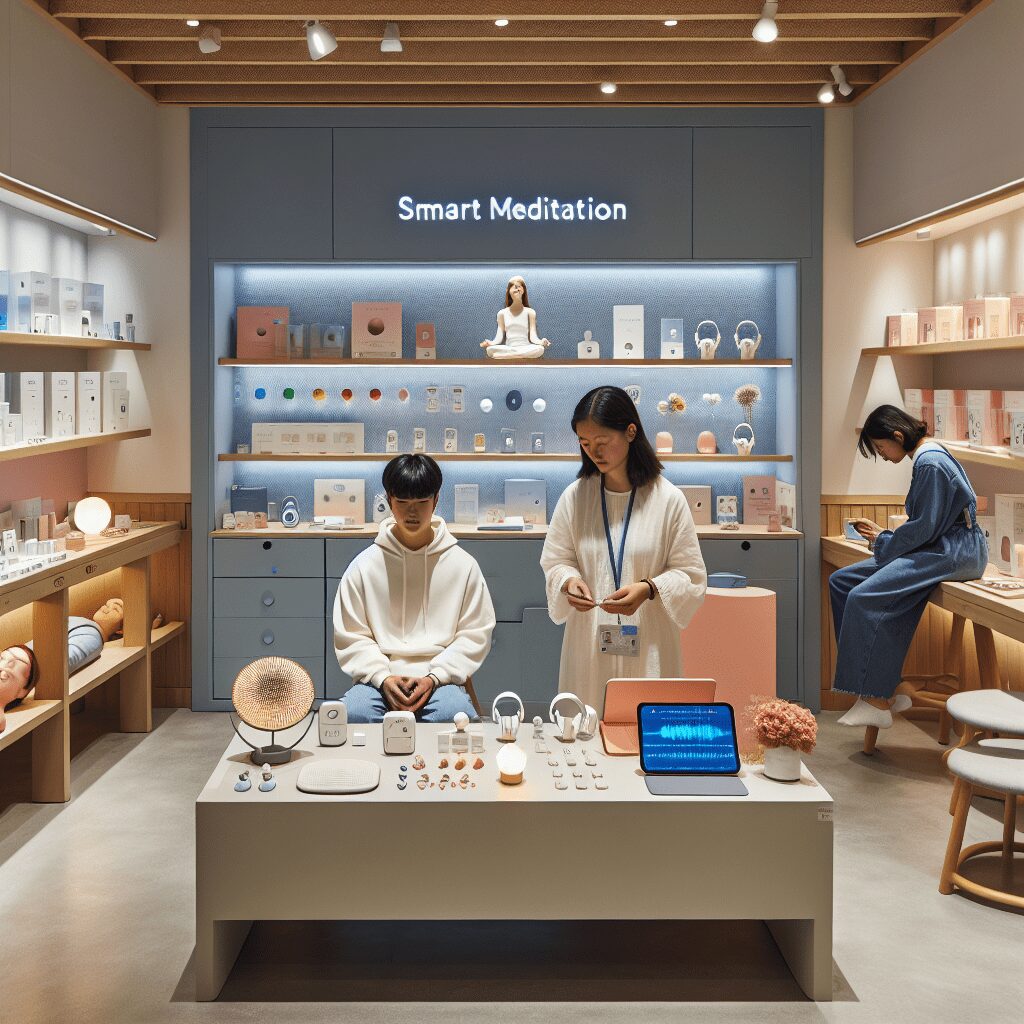
Prioritize your mental well-being daily. Enhance your life by nurturing your mental health with the Smart Meditation app. Break free from stress, alleviate anxiety, and enhance your sleep quality starting today.
How Much Ketamine To Snort For Antidepressant?
Unlocking the Mysteries of Ketamine for Depression
The quest for innovative solutions in the treatment of depression has seen a significant shift toward exploring the potential of various substances. Ketamine, once primarily known for its use as an anesthetic and its unfortunate misuse in recreational contexts, has emerged as a beacon of hope in the darkness of depression. However, it’s crucial to navigate this terrain with utmost care, given the intricacies involved in its administration for therapeutic purposes.
Ketamine’s Route into the World of Depression Treatment
Ketamine operates differently from traditional antidepressants. While SSRIs and other common antidepressants can take weeks to show effects, ketamine has been noted for its rapid action, potentially alleviating symptoms of depression within hours. It’s an NMDA receptor antagonist, which, in layman’s terms, means it works by blocking certain receptors in the brain that are involved in depression. This mechanism is a game-changer, making it an attractive option for those who have found little relief in other treatments.
However, before we dive deeper into how much one might ‘snort’ or otherwise administer ketamine for depression, there’s a big ol’ caution sign we should all be heeding. The use of ketamine for depression outside of a clinical setting, without a doctor’s supervision, is not only unwise but potentially dangerous. Let’s break down why.
Navigating Ketamine Treatment with Precision and Care
-
Professional Guidance is Key: Ketamine treatments for depression are not a DIY affair. They require a prescription and professional monitoring in a clinical setting. This is due to the precise dosing needed and the potential for adverse effects.
-
The Nose Doesn’t Know: When it comes to administering ketamine for depression, snorting is not the method used in clinical settings. Instead, ketamine is often given as an intravenous infusion under strict medical supervision, or as a nasal spray in some cases. This ensures the correct dosage and reduces risks.
-
Dosage Matters: The exact dose of ketamine can vary widely between individuals. Factors like body weight, medical history, and the severity of depression all play a part in determining the right dose. This is something that can only be accurately gauged by a healthcare provider.
-
Safety and Side Effects: While ketamine can be a lifeline for those with treatment-resistant depression, it’s not without its side effects. From high blood pressure and nausea to dissociative experiences, it’s a substance that requires careful handling.
-
Legalities and Legitimacies: The legal status of ketamine also complicates its use. In many places, its use is strictly controlled or restricted to certain medical conditions, further emphasizing the importance of not going it alone.
In Search of Healing: The Correct Path Forward
For those wrestling with the shadows of depression, the allure of a quick fix can be strong. However, the path to healing is seldom a sprint but rather a marathon, requiring patience, resilience, and the right guidance. If ketamine therapy is a course you or a loved one is considering, the first step is a conversation with a mental health professional. They can navigate you through the options, weigh the risks and benefits, and if deemed appropriate, refer you to a specialized treatment program.
In a realm as complex and personalized as mental health, the ‘how much’ is less about specific quantities and more about the individualized approach to treatment. From ensuring legal and safe use to tailoring the therapy to one’s specific needs, professional guidance is indispensable. So, rather than seeking shortcuts, let’s advocate for informed and compassionate paths toward mental wellness.




